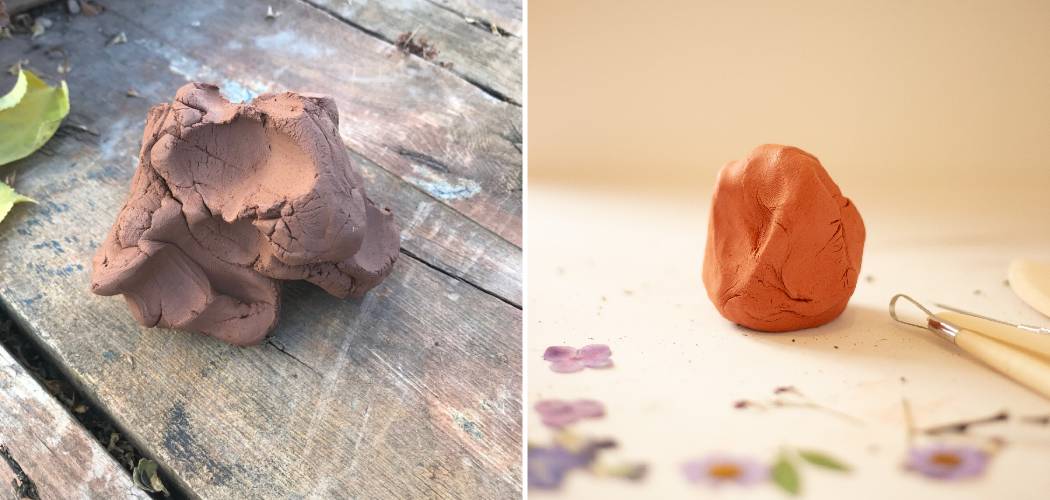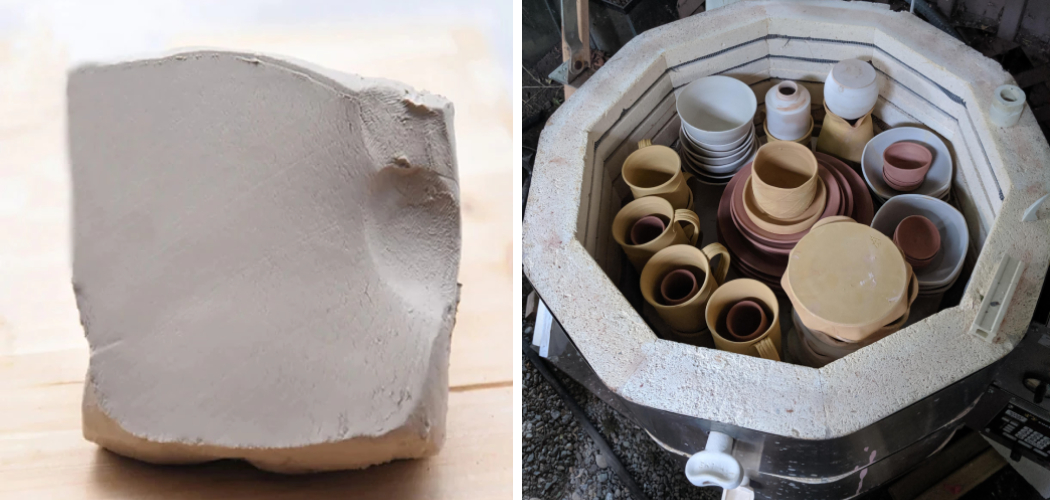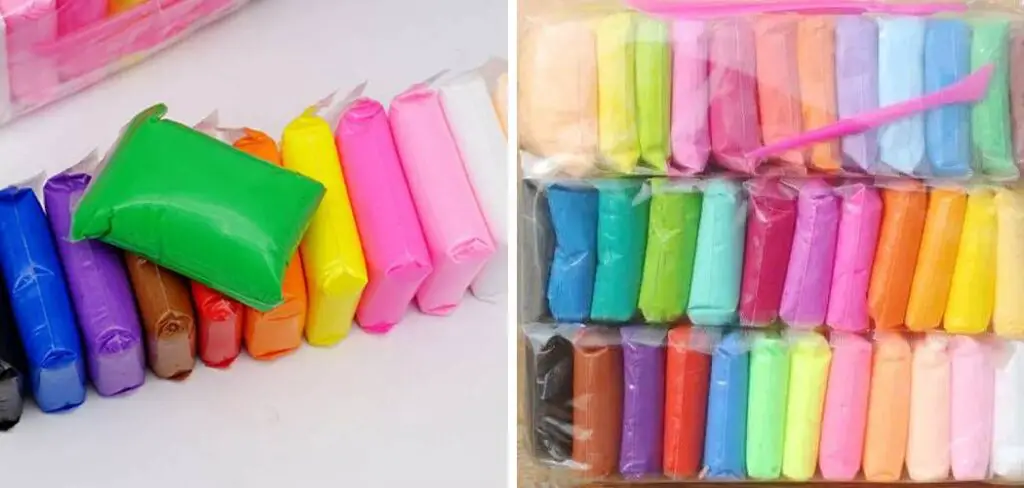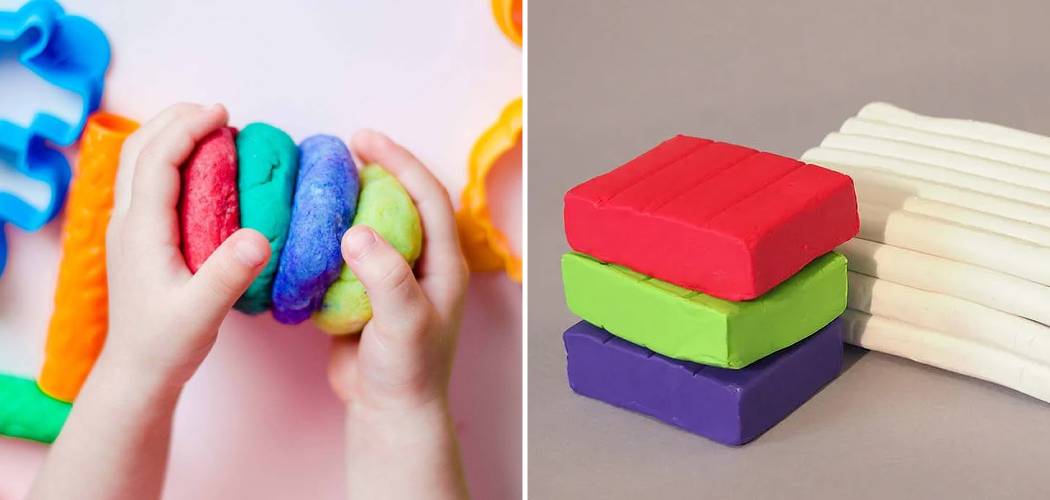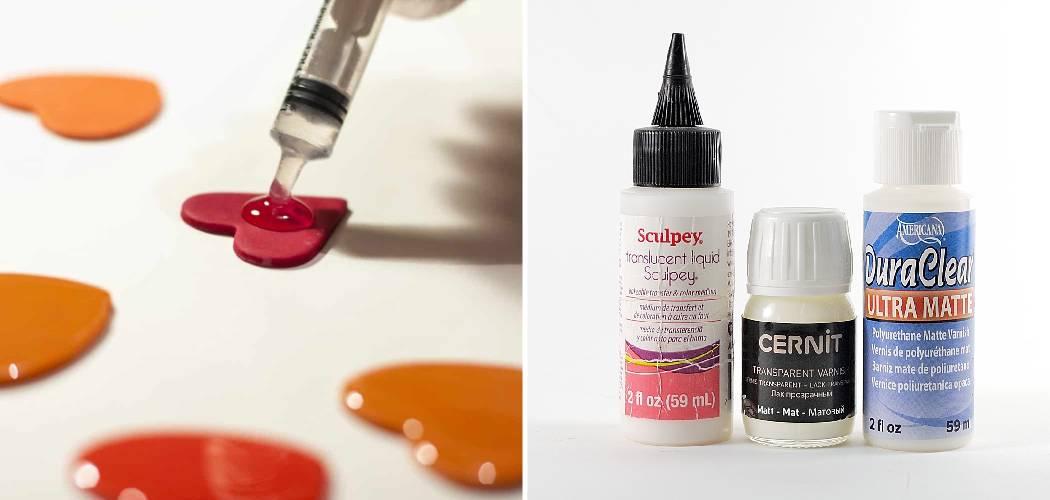Curious minds often wonder: does polymer clay harden? The answer may surprise you! In this article, we’ll delve into the fascinating world of polymer clay, exploring its unique properties and the science behind its hardening process. From understanding the ingredients that make polymer clay flexible to discovering the various methods for curing and strengthening it, we’ll uncover everything you need to know about this versatile crafting material.
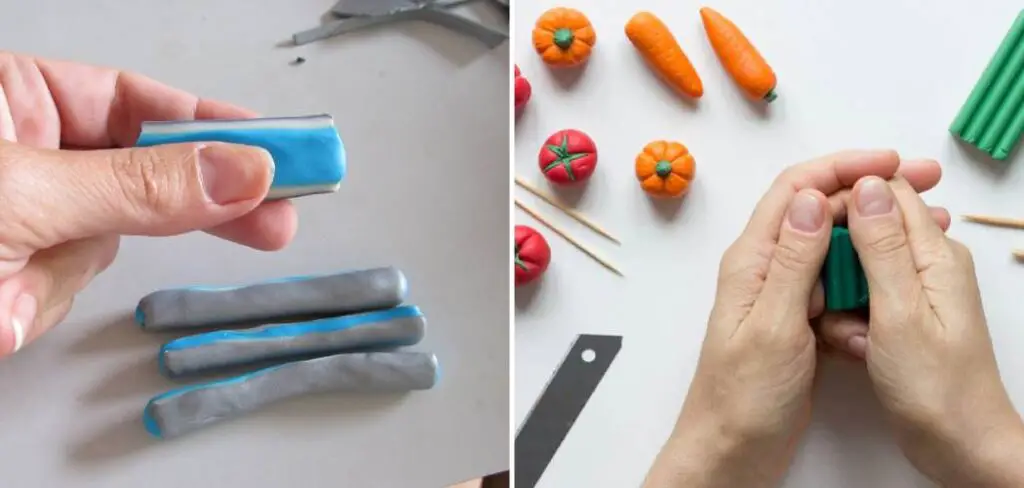
Whether you’re a beginner looking to experiment with polymer clay or a seasoned crafter seeking to expand your knowledge, join us as we unravel the mysteries of polymer clay hardening and unlock the secrets to creating beautiful, durable creations that withstand the test of time. So, let’s dive in and explore the wonderful world of polymer clay together!
Table of Contents
What Is Polymer Clay?
Polymer clay is a type of modeling clay that is made from vinyl polymers, plasticizers, and pigments. Unlike traditional earthen clay that requires kiln-firing at high temperatures, polymer clay cures and hardens at much lower temperatures when baked in a standard home oven. This accessibility and the clay’s inherent versatility make it a popular choice among crafters, artists, and hobbyists of all ages.
Available in a vast array of colors that can be mixed to create custom hues, polymer clay remains soft and moldable until it is baked, allowing for intricate designs and details in crafted items. Once cured, polymer clay becomes hard and durable, making it suitable for creating a wide range of items from jewelry and home décor to miniature sculptures and dolls.
Does Polymer Clay Harden?
Yes, polymer clay does indeed harden, but not in the way that many people might expect. Unlike drying-based clays that harden when exposed to air, polymer clay hardens through a process called curing, which requires heat. The heat induces a chemical reaction in the clay, transforming it from its original pliable state into a solid, durable form.
This process is achieved by baking the clay in an oven at a specific temperature and for a precise duration, as recommended by the clay manufacturer. It’s important to note that the curing process is irreversible. Once polymer clay has been hardened, it cannot be returned to its moldable state. This characteristic allows for the creation of permanent and resilient objects but also necessitates careful planning and execution of designs before baking.
Understanding the Hardening Process of Polymer Clay
The hardening process of polymer clay is both fascinating and crucial for crafters looking to create enduring pieces. Unlike drying through evaporation, which is common with water-based clays, polymer clay hardens through a chemical reaction known as polymerization. This reaction occurs when the clay is heated, causing the vinyl polymers within the clay to bond more closely. The temperature at which this process happens is relatively low, often between 215 to 275 degrees Fahrenheit (102 to 135 degrees Celsius), making it safe to bake in a conventional home oven.
During baking, the plasticizers in the clay react, transforming the once soft and pliable material into a firm and durable object. The length of time and temperature needed can vary depending on the thickness of the piece and the specific brand of polymer clay used. It’s critical to follow the baking instructions provided on the clay package to ensure a successful hardening process. Over-baking can lead to discoloration and brittleness, while under-baking can result in an incompletely cured piece that may be prone to breaking or damage. Therefore, understanding and carefully controlling the hardening process is essential for crafting high-quality, long-lasting polymer clay creations.
Characteristics of Polymer Clay
Polymer clay boasts a plethora of characteristics that make it an exceptionally versatile and appealing choice for crafters and artists. One of its most compelling features is its exceptional pliability before baking, which enables the creation of intricate designs and fine details with ease. This clay maintains its shape and does not dry out when exposed to air, allowing crafters to work on a project for extended periods without worrying about the material becoming unusable.
Additionally, polymer clay comes in an extensive range of colors, which can be blended like paint to achieve any hue or gradient desired, making it perfect for custom projects. Its ability to mimic various textures and materials—from stones and metals to ceramics and glass—further expands the creative possibilities.
After baking, polymer clay transforms into a very hard and durable material, resistant to water and wear, which makes it suitable for creating jewelry, décor items, and other objects that may be handled frequently. It is also lightweight, which is particularly advantageous for wearable art and large pieces that would be impractical if they were too heavy.
Despite its numerous benefits, it’s important for crafters to be mindful of the sensitivity of polymer clay to direct sunlight and extreme temperatures even after baking, as prolonged exposure can lead to fading or brittleness. Nevertheless, with proper care, polymer clay creations can last for years, retaining their beauty and integrity over time.
Environmental Conditions Affecting Air-Dry Process
While polymer clay primarily hardens through baking, some crafters also explore air-drying methods with certain polymer clay products designed for it. The efficiency of air-drying, however, can be significantly influenced by environmental conditions. Humidity is a pivotal factor; high humidity can prolong the air-drying process, making it difficult for the clay to fully harden. Conversely, in an environment with low humidity, polymer clay can dry more quickly, though the rapid drying might lead to cracking if the piece is thick or not uniformly shaped.
Temperature plays a critical role as well. Warmer temperatures generally accelerate the drying process, while cooler conditions can extend the drying time. Air circulation is another important aspect to consider; a well-ventilated area facilitates a more uniform and quicker drying process by efficiently carrying away moisture from the clay surface.
Understanding these environmental conditions is essential for successfully air-drying polymer clay, especially for crafters who live in climates that significantly deviate from the ‘ideal’ drying conditions. Adjustments may need to be made, such as using a dehumidifier in very humid environments or ensuring pieces are not placed in direct sunlight or near heat sources that could cause uneven drying and potential warping or cracking.
Factors Influencing Hardening
When working with polymer clay, understanding the factors that influence the hardening process is key to achieving desired results. Here are some crucial considerations:
1. Polymer Clay Brand and Type:
Different brands and types of polymer clay have unique formulas, which can affect their baking times and temperatures. Some brands may require lower temperatures but longer baking times, while others might harden perfectly at slightly higher temperatures for shorter periods. Additionally, specialized clays designed for specific effects or finishes might have distinct hardening characteristics. It’s essential to closely follow the manufacturer’s instructions for the best outcomes.
2. Thickness and Size of the Clay Object:
The physical dimensions of your creation play a significant role in determining the appropriate baking time. Thicker objects require longer baking times to ensure that the heat penetrates through to the center and fully hardens the clay. Conversely, very thin or delicate pieces may harden quickly and are at risk of burning if left in the oven for too long. Achieving an even cure throughout the piece necessitates adjusting baking time based on its size and thickness.
3. Surface Area and Detailing:
Objects with a large surface area or intricate detailing may require special attention during the hardening process. Detailed pieces might benefit from a tent of aluminum foil to protect protruding parts from overheating or browning. Similarly, pieces with varying thicknesses throughout may need a tailored baking approach, such as initially baking at a lower temperature to harden fine details, followed by a final bake at a standard temperature to ensure the thicker sections are fully cured.
Things to Consider When Hardening Polymer Clay
Hardening polymer clay is a critical step in the creation of durable, long-lasting art and craft pieces. While the baking or curing process may seem straightforward, there are several important factors to consider ensuring your creations are not only beautiful but also structurally sound:
Oven Quality and Calibration:
- Consistent Oven Temperature: Ensure your oven provides a consistent temperature throughout the baking process. Fluctuations in temperature can lead to uneven curing or distortion.
- Oven Calibration: Regularly check that your oven’s temperature matches what is set. An oven thermometer is an invaluable tool for this purpose, helping prevent under-baking or burning due to inaccurate temperature settings.
Baking Surface and Support:
- Baking Surface: Use a dedicated ceramic tile, oven-proof glass surface, or parchment paper to avoid direct contact with the oven rack, which can cause hotspots and uneven baking.
- Support for Delicate Parts: For pieces with delicate or protruding elements, providing support during baking can prevent sagging or deformation. Polyester batting or sand that molds to the shape of your piece can be used as support material.
Post-Baking Processes:
- Cooling Time and Method: Allow the piece to cool gradually within the oven after turning it off, if possible, to prevent thermal shock and potential cracking. For thicker pieces, this slow cooling is particularly crucial.
- Post-Baking Hardening: Some crafters choose to further harden their polymer clay creations after the initial bake with processes like sanding, which can also smooth any imperfections, followed by a secondary bake or applying a sealant for added durability and shine.
Understanding and implementing these considerations can greatly enhance the quality and longevity of your polymer clay projects. Remember, every clay piece is unique, and personal experimentation within these guidelines will lead to the best individualized methods for your craft.
Conclusion
In conclusion, understanding the hardening process of polymer clay is essential for any artist or hobbyist working with this versatile material. Whether using heat curing, air-dry methods, or UV curing, the process of hardening polymer clay ensures that creations maintain their shape and durability over time. Factors such as clay brand, thickness, and detailing play crucial roles in achieving the desired level of hardness. Testing techniques such as visual inspection and flexibility tests help ensure the quality of the hardened clay. Hopefully, this article gave you some helpful tips about does polymer clay harden successfully, so now that you have the proper knowledge on how to get the job done, why not give it a try today?
